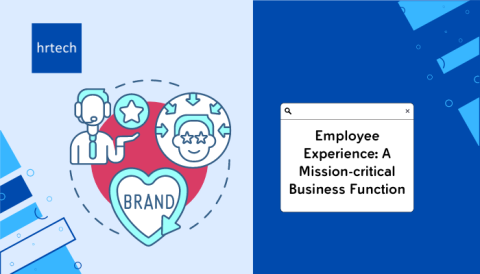“Effectiveness of wellness strategies differ based on the company culture.”

Keeping employees healthy could go a long way in boosting the workplace morale and performance. A culture of wellness has a big role to play in employee retention. In fact, the 2017 Cigna 360° Well-being Survey found that 59% of employees say that a workplace wellness culture would impact their decision in joining a new employer.
Investing in employee wellness makes for strong business sense. Healthy employees take fewer sick days off and are also more engaged with their work. In fact, as per Mercer studies, sick leave could cost Singapore a whooping S$3.3 billion of productivity loss by 2030, as employers have to bear the wage cost of both the sick employee and the temporary stand-in as well.
Missing employees also affect workplace morale and productivity. No one likes to be bombarded with additional work, especially at a short notice (which is likely the case for sickness absenteeism). For small businesses with limited manpower, such an impromptu change of plans could throw things into disarray. Establishing a culture of wellness is vital for all sizes of business.
Here are some essential steps to consider for creating a culture of wellness.
1. First, understand the company culture and employee needs.
Effectiveness of wellness strategies differ based on the company culture. Also, conducting prior employee surveys with employees is a good way to find out more about their needs (such as “are they more keen on physical activities or a healthy eating campaign”) and adopt appropriate strategies.
2. Set well-defined wellness goals.
After formulating the right-fit wellness strategy, employees prefer, it is important to set SMART goals to motivate and engage them, and also measure the success of such initiatives. Sometimes, pitting employees in challenges against one another may also stimulate them to achieve more.
3. Creating a favourable working environment.
It is important to ensure that employees feel comfortable in their workstations, both physically and mentally. It is worth investing in ergonomic equipment, give employees regular stretch breaks, and correct their postures. If fancy office chairs are out of budget, standing desk may also do the trick.
4. Offer incentives that encourage good health.
It does not suffice to encourage employees to adopt a healthy lifestyle without the right incentives to “nudge” them. Employees are not going to sign up for yoga classes or change their diet just because the employers tell them to. They are also more likely to follow suit when their employer is seriously involved in such programs.
5. Don’t let it be an one-off affair.
A wellness culture will never take off if it is not sustainable. The initial hype from the launch of the wellness programme should not be allowed to die down over time.
Old habits die hard, and results may not be visible immediately. Also, there is a need to constantly evaluate and make improvements to the wellness strategy to ensure its long-term success.
Finally, employers need to embrace Digital Workplace Benefits Management. The traditional one-size-fits-all way of handling employee benefits is mundane, slow and tedious. Furthermore, employees want to have a benefits plan that’s simple and flexible to choose as per their needs. This not only strengthens employee engagement, but maximises the gains from every dollar of investment. Providing employees with new options at certain milestones can also be a good way of retaining your top talent.
About the Author:

Chris has spent the last 10 years in the Insurance industry. Prior to starting Mednefits, Chris spent 4 years at AXA in business development and managing their direct portfolio. Chris is passionate about technology and design. He hopes to leverage on technology to reduce inefficiencies in the healthcare sector to deliver a better healthcare experience for companies and individuals – the kind we want for ourselves, and our loved ones.
About Mednefits:
Introducing Mednefits, where automation and customisation meet cost savings.
The Mednefits platform connects companies to a network of 3000+ medical and wellness providers in Singapore and Malaysia. It also provides them with benefits management and customization tools for a seamless and automated implementation of their employee benefits. Their goal is to transform the traditional healthcare benefits landscape, empowering companies to personalize and automate their employee benefits, all whilst making it affordable and seamless.
Companies can curate their own benefits plan based on tiers, schemes, benefits categories, capping and more. Any utilization of benefits by employees within the platform will be chargeable to the company on a pay-per-use basis.
Additionally, the platform has launched several card types that help companies to ease the burden of rising corporate healthcare costs. With the Mednefits Cashback Card, companies can earn up to 20% cashback whenever employees utilize any benefits within the platform. With the Mednefits Prepaid Card, companies can enjoy upfront 50% savings for any benefits being utilized by employees within the platform.





